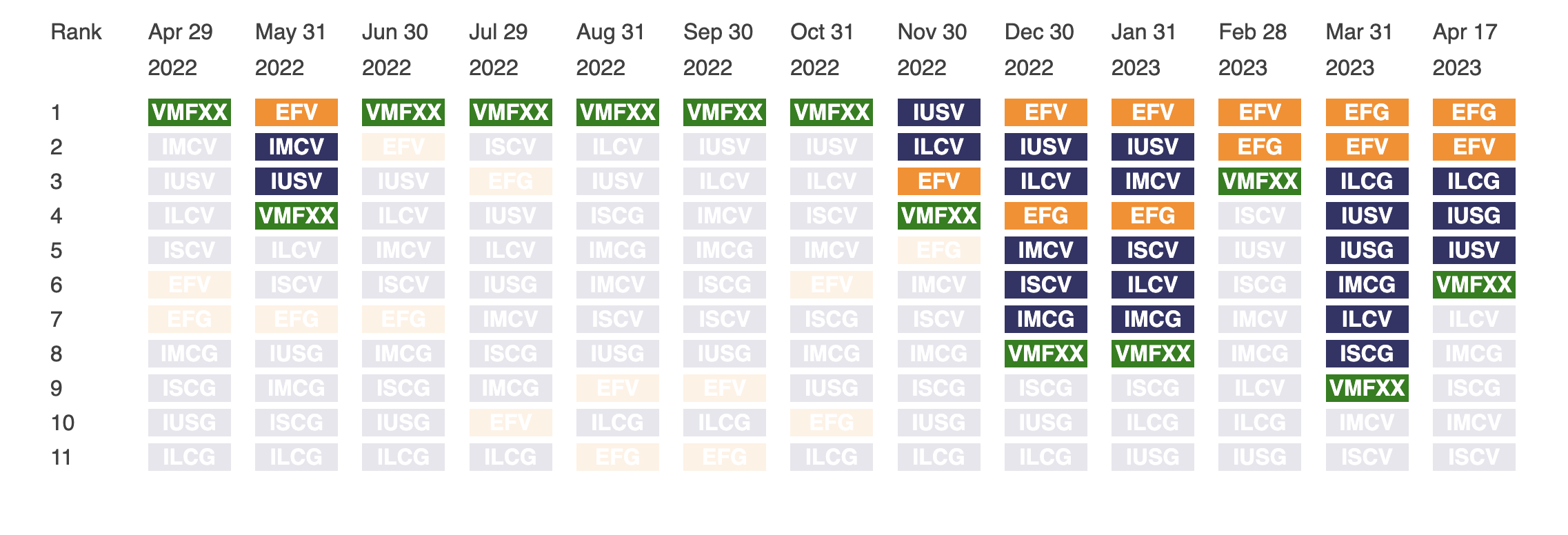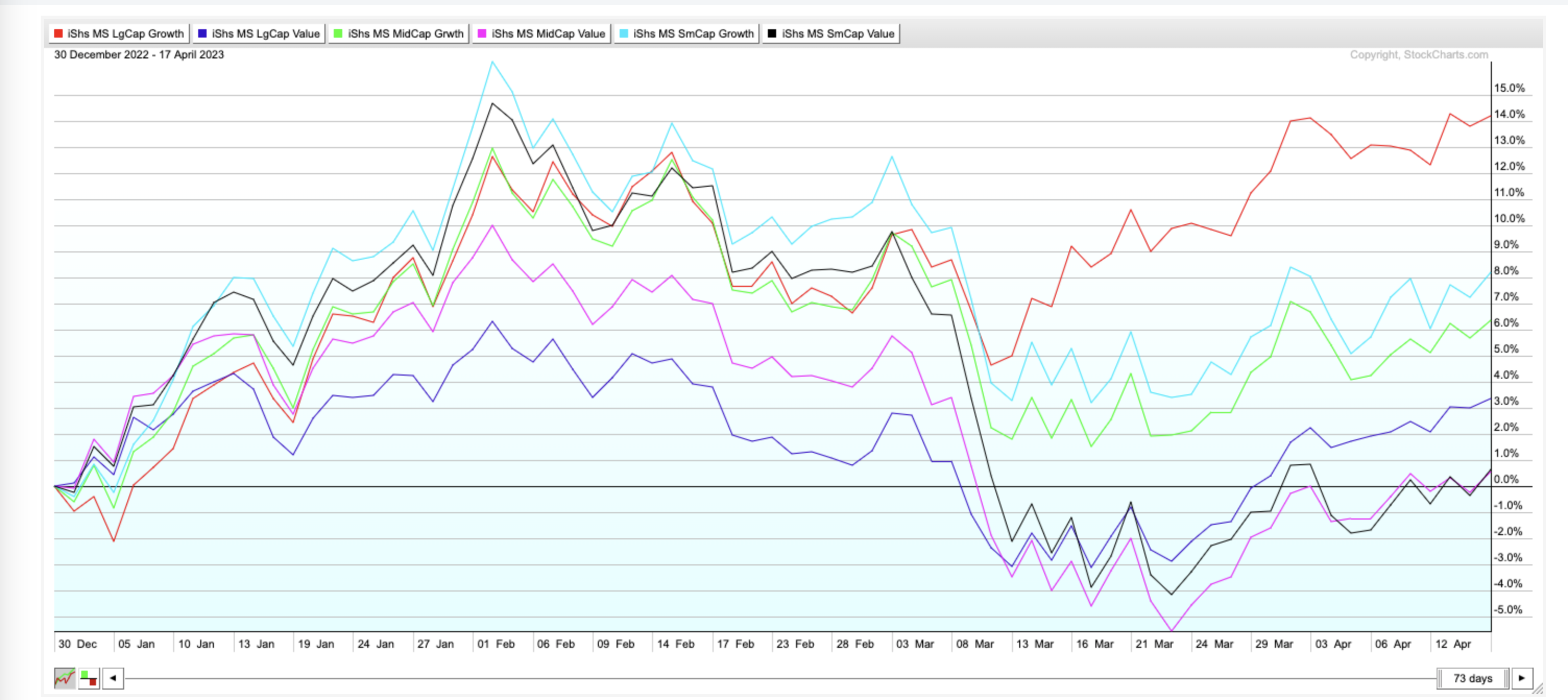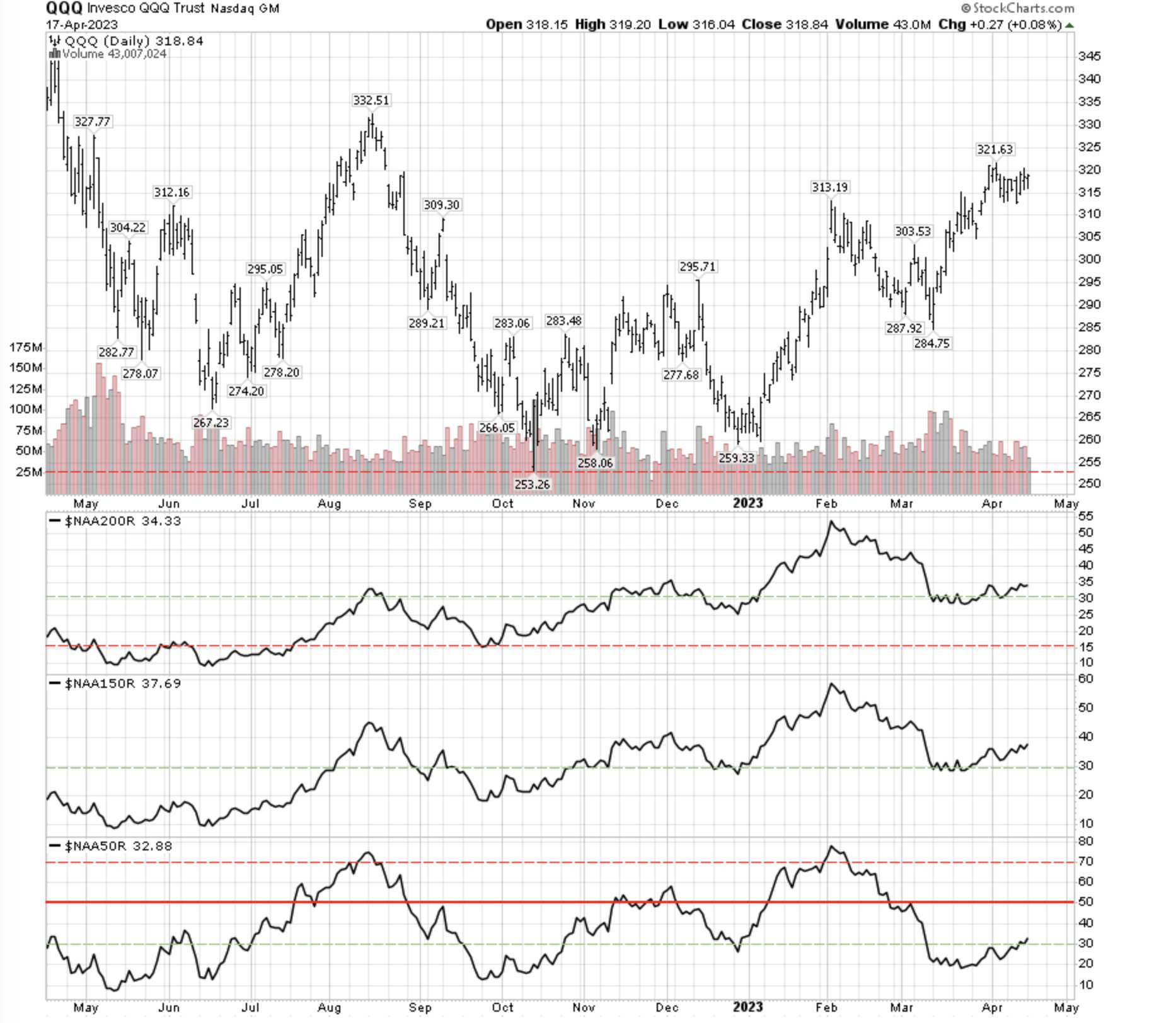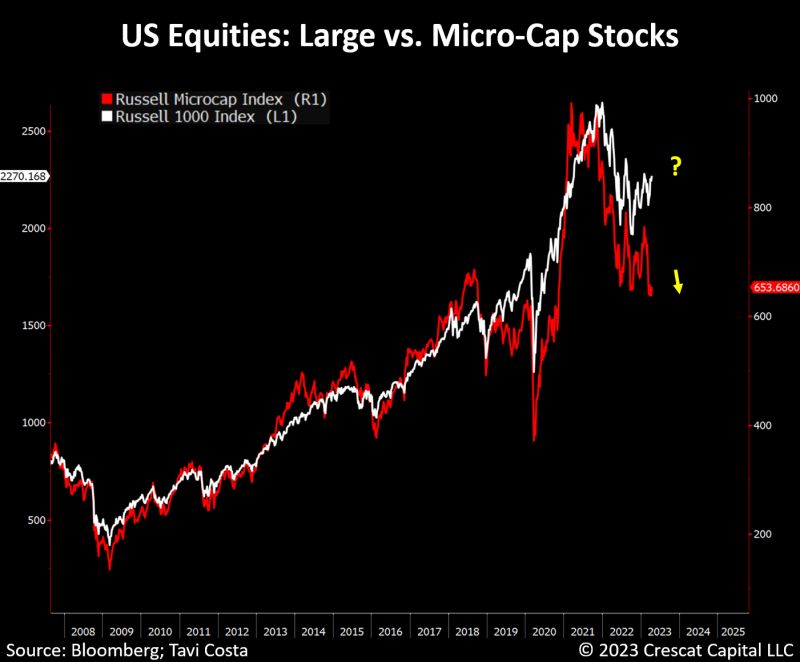Related Blogs
April 18, 2023 | Avalon Team
Investors have long searched for ways to navigate the complex and ever-changing landscape of the financial markets.
One approach that has gained popularity in recent years is style investing, which aims to identify and invest in specific investment styles that align with an investor’s goals and preferences.
At the heart of style investing is the concept of the style box, developed by Morningstar in the 1990s.
The style box is a grid that categorizes mutual funds and ETFs based on their investment style and strategy, including equity, fixed income, and hybrid funds. 
Within each category, funds are further classified based on their market capitalization, type of bonds held, and equity-to-fixed income ratio.
Investment styles can go in and out of favor due to changes in economic conditions and market sentiment, which can significantly impact investment performance.
Investors can use style investing to take advantage of these trends by identifying and investing in investment styles that are on the rise while avoiding those that are falling out of favor.
Style investing is based on the Fama and French investing factors, which include market risk, size, value, and momentum. These factors can influence investment performance and provide a framework for understanding the factors that drive market trends.
By understanding the concept of style investing and the factors that influence investment performance, investors can make informed decisions about their portfolio allocations and potentially achieve better investment outcomes.
Let’s explore the recent performance of various styles, and what important message the current market may be signaling.
Background
Eugene Fama and Kenneth French are two prominent economists who have made significant contributions to the field of finance, including the development of the three-factor model for investing.
The three factors in the Fama and French model are market risk, size, and value.
- Market risk refers to the risk associated with the overall market.
- Market size refers to the market capitalization of a company.
- Value refers to the difference between the price of a stock and its fundamental value based on earnings, dividends, and other factors.
We can trace investing styles to the size and value factors in the Fama and French model.
For example, small-cap stocks are typically associated with higher risk and potential for higher returns, as they are more volatile and have less established track records.
Similarly, value stocks are often seen as undervalued by the market and have the potential for higher returns as their fundamentals improve over time.
In addition to size and value factors, Fama and French also identified a momentum factor that can influence investment performance. Momentum refers to the tendency of stocks that have performed well in the past to continue to perform well in the future, and vice versa.
Avalon’s core methodology is in fact based on this momentum factor, also referred to as Relative Strength investing.
Combining Momentum and Style Box Factors
By applying Relative Strength (aka momentum) to a universe of ETFs that are organized by distinct style, we have another useful way of studying the market.
As an example, here is a starting universe of ETFs that were chosen for their specific investing style.
In addition to the U.S. market-style boxes, I have added International Growth and International Value. Style investing works across global asset classes as well.
Here are the rankings based on absolute momentum over the past twelve months.
Most investment styles did not perform well in 2022, as Cash (VMFXX) dominated the top ranking for much of the year.
But beginning in December, we can see how International value (EFV) and International growth (EFG) have owned the top ranks.
This, of course, aligns perfectly with what we have written rather extensively about in recent months, as International equity has been and continues to be the dominant asset class.
Within U.S. investing styles, we can see that Large-Cap Growth (ILCG) has been the recent best-performing style, followed by Large-Cap Value (ILCV).
The following chart illustrates why it’s important to pay attention to style rotation.
Since the first of the year, there is a nearly 14% return difference between the leading and the lagging U.S. style.
For the most part, a handful of large-cap stocks have dominated the current rally from the December 2022 market low. NVIDIA (NVDA) is up 90.1% YTD and is the third largest holding of ILCG.
Tesla (TSLA) is up 68.4% YTD and is the next largest holding after NVIDIA.
An investor who might be heavily weighted to small and mid-cap value would certainly be disappointed to be only treading water.
Here are a few additional insights into the current market. The top window shows the Nasdaq 100 Index ($NDX) and below that is the cumulative Advance-Decline for the Nasdaq 100 ($NAAD).
Despite a rise in the $NDX, the breadth has been pathetic and is negatively diverging.
Looking at the ratio of the equal-weight S&P 500 Index (RSP) vs. the cap-weighted S&P 500 Index ($SPX) we can see that the RSP is dramatically weaker.
The weak breadth combined with the weak relative performance of RSP tells us that the current market strength is extremely narrow as the current rally is being led by a handful of names.
Taking this analysis a step further, we can look at the percentage of stocks above key moving averages.
Despite QQQ being up nearly 20% YTD, the percentage of stocks within the QQQ that are above the 200-day, 150-day, and 50-day moving averages are well below 50%.
We want to see a broad market rally with more than 50% of stocks above their respective moving averages.
It’s rarely a good sign when small-caps are lagging the broader indices like the S&P 500. Small-caps like the Russell 2000 lag when economic expectations are softening.
Finally, we can see that micro-cap stocks are now significantly diverging from the market.
Smaller companies are evidently struggling with the tightening of financial conditions and deteriorating fundamentals.
Meanwhile, stocks with larger market caps, particularly mega-caps, remain richly valued in a macro environment that is unlikely to reward long-duration assets.
These companies are at risk of being severely re-priced due to a combination of rising discount rates, secular inflationary forces, margin squeezes, and the ongoing downturn of the business cycle.
More critically, note that micro-caps peaked 6 months prior to the overall market in 2021 and are probably leading the way to the downside this time again.
In summary, style analysis can provide useful information when applied directly in the way of style-rotation strategies.
By monitoring market trends and understanding the factors that influence investment performance, investors can make informed decisions about their portfolio allocations and potentially achieve better investment outcomes.
If you have any questions or have been considering hiring an advisor, then schedule a free consultation with one of our advisors today. There’s no risk or obligation—let's just talk.

Free Guide: How to Find the Best Advisor for You
Get our absolutely free guide that covers different types of advisory services you'll encounter, differences between RIAs and broker-dealers, questions you’ll want to ask when interviewing advisors, and data any good financial advisor should know about you and your portfolio.








